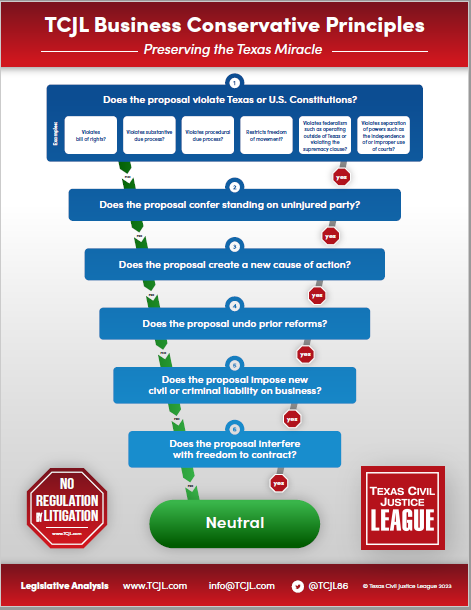
Justice Mike Lee
In a concurring opinion in a TCPA case (which will be separately reported), Justice Mike Lee, a newly-minted justice of the new-look Dallas Court of Appeals, has expressed his frustration with the “routine attempted use” of intentional infliction of emotional distress as a “gap-filling tort cause of action.”
Concurring with Justice Smith’s opinion in Michael Joseph Bacsik v. Fred Britton, Charles Britton, and Autographs Ink, Inc. (No. 05-24-00934-CV; February 25, 2025), Justice Lee observes, it has been 20 years since SCOTX’s opinion in Creditwatch, Inc. v. Jackson, 157 S.W.3d 814 (Tex. 2005). In that case the Court reversed an intentional infliction of emotional distress claim “[f]or the tenth time in a little more than six years for failing to meet the exacting requirements of that tort.” In his opinion, Justice Lee laments that the court in the present case was confronted by the second TCPA defense to an underlying intentional infliction of emotional distress claim in less than a month. “I write separately,” Justice Lee writes, “simply to call attention to the problems inherent in the routine use of the intentional infliction of emotional distress cause of action when a plaintiff cannot fit the facts of an occurrence to an available statutory or common law remedy.”
Here plaintiffs alleged defamation and, in Justice Lee’s view, could have asserted other reputational torts and a “possible assaultive tort.” Despite the availability of these torts, “[i]t appears that [plaintiffs] could not meet the burdens of proof for such torts….There is simply no gap to fill [by pleading intentional infliction].” Intentional infliction, he goes on, “was recognized to fill that rare and narrow gap where tort law has failed to provide a remedy for truly outrageous conduct which is ’beyond all possible bounds of decency’” (quoting Creditwatch, 157 S.W.3d at 817). Having opened the door to this tort, however, SCOTX has had to go to great lengths to “rein [it] in,” declaring that it “was never intended as an easier and broader way to pursue claims already protected by our expanding civil and criminal laws. If the tort is to remain viable where ‘gaps’ still remain, litigants and judges cannot entertain it as a catch-all that avoids the careful balancing behind alternate legal claims.”
To put an to the nonsense, Justice Lee sugguests, “perhaps the time has come for the supreme court to put a final dagger into this cause of action or the legislature to consider what role, if any, such a claim maintains in our system of civil justice.” Meanwhile, he urges trial courts to dismiss this claim when a defendant asks them to.
In our view, part of the problem Justice Lee identifies is the “routine” pleading of a long string of tort claims, only one or a very few of which have any legs in the case. Whether as a consequence of force of habit, laziness, bad lawyering, or perhaps a basic misunderstanding of what the components of various tort claims actually are, simply throwing tort theories against the wall and hoping one sticks does not reflect well either members of the bar who do it or trial courts who let them do it.








